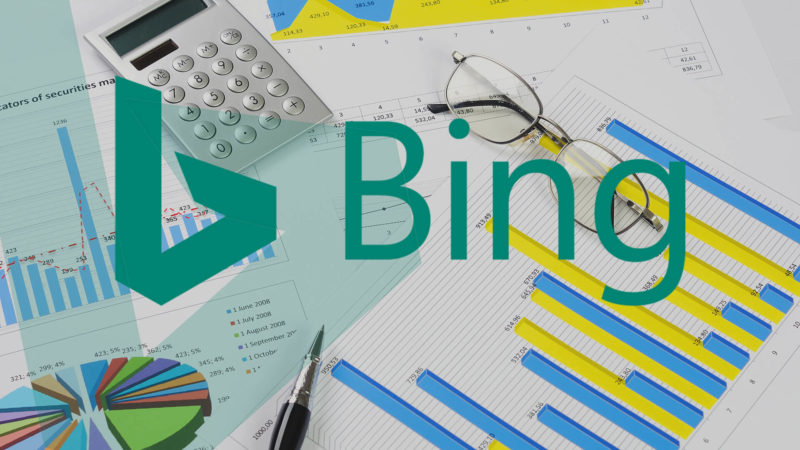Bing Remarketing: The best-kept marketing secret
Everything you need to know about an opportunity that's not widely discussed in the industry -- search remarketing on Bing. Contributor Michelle Cruz shares tips and ideas to employ.

Here are several recommendations for managing a successful Bing remarketing program based on my learnings.
Why consider remarketing?
Remarketing is a great way to (re)reach prospects who have already shown interest in your products or services. Remarketing allows you to personalize and customize search ads to these prospects and can lead to significant improvements in engagement and overall conversion rates. Additionally, remarketing ads can be served both natively on Bing and/or as a Bing Shopping Campaign.
3 steps to getting started
- Add the UET to your website. Bing remarketing relies upon the implementation of their Universal Event Tag (UET). Bing uses this single tag to track conversions and record what people do on your website. Based on various behaviors and actions, you can segment audiences and attempt to re-engage them. You can create a new UET tag on the Tags page, then copy it onto every page of your site that you want to be measured.
- Build a remarketing list. Over time, you can develop a list of people who have visited your website. They can be segmented into different groups — but keep in mind that you will need to build up a list of at least 1,000 people before your ads will be served. You can segment visitors in a variety of ways. Some examples:
- Based on what types of products or product categories people visited or searched for
- To people who had products in their cart, but abandoned it
- To new or returning customers
- Based on videos they may have watched or other content they consumed
- By day of week/time of day and geography
- Associate your remarketing list with ad groups and adjust bids. Once your remarketing audiences have been built out and met the required size of 1,000 users, you will need to associate these lists to specified ad groups within your Bing Ads Account. Then, you can adjust your bids, increasing them up to +900%. Bid adjustments should be in line with your business goals and should reflect the expected value of the searcher associated with each list. Be sure to monitor your remarketing list performance, making the necessary adjustments to achieve your desired results.
Utilize Bing Remarketing across ALL channels
Did you know that you can create an audience list based on actions across all of your marketing channels? Bing allows you to market to your Bing audience list, as well as people who interacted with your website coming from other channels such as Google AdWords, Facebook, Organic, Direct and more.
To utilize this method of targeting, your campaigns must contain UTM parameters whereby the source is denoted as such, e.g., Facebook, Organic or AdWords. When creating your remarketing audience in Bing, name the Remarketing list based on the source for easy identification. For example:
- Remarketing List Name: Facebook
- Who to add to your list: Visitors of a page with any of the following:
- utm_source=facebook&utm_medium=cpc
Additional remarketing approaches to consider
According to Bing, there are four additional remarketing list types that every marketer should be utilizing:
- Customer event: Allows you to create your remarketing list around a customer event such as subscribing to a newsletter, downloading a white paper or a click to call.
- Dynamic URL: Audience lists based on granular searcher intent. For example, people who searched for a specific car or truck model, by the date of the event or show they searched for, or the color or size of items they sought.
- Membership duration. Allows you to specify how far back in time Bing Ads should look for actions that match your remarketing list definition.
- Omnichannel: Build audience lists from other marketing channels such as social media, SEO, loyalty programs, video or chat experiences.
As you start to collect remarketing data, you can test expanding your program by increasing bids, testing broader search terms, and even offering discounts to interested buyers.
Don’t miss your second chance
As with any successful marketing program, you must create a media strategy for your remarketing campaigns. The strategy should be aligned with your business goals and must take into account your customer’s buying journey and path(s) to conversion.
Opinions expressed in this article are those of the guest author and not necessarily Search Engine Land. Staff authors are listed here.
Related stories
New on Search Engine Land